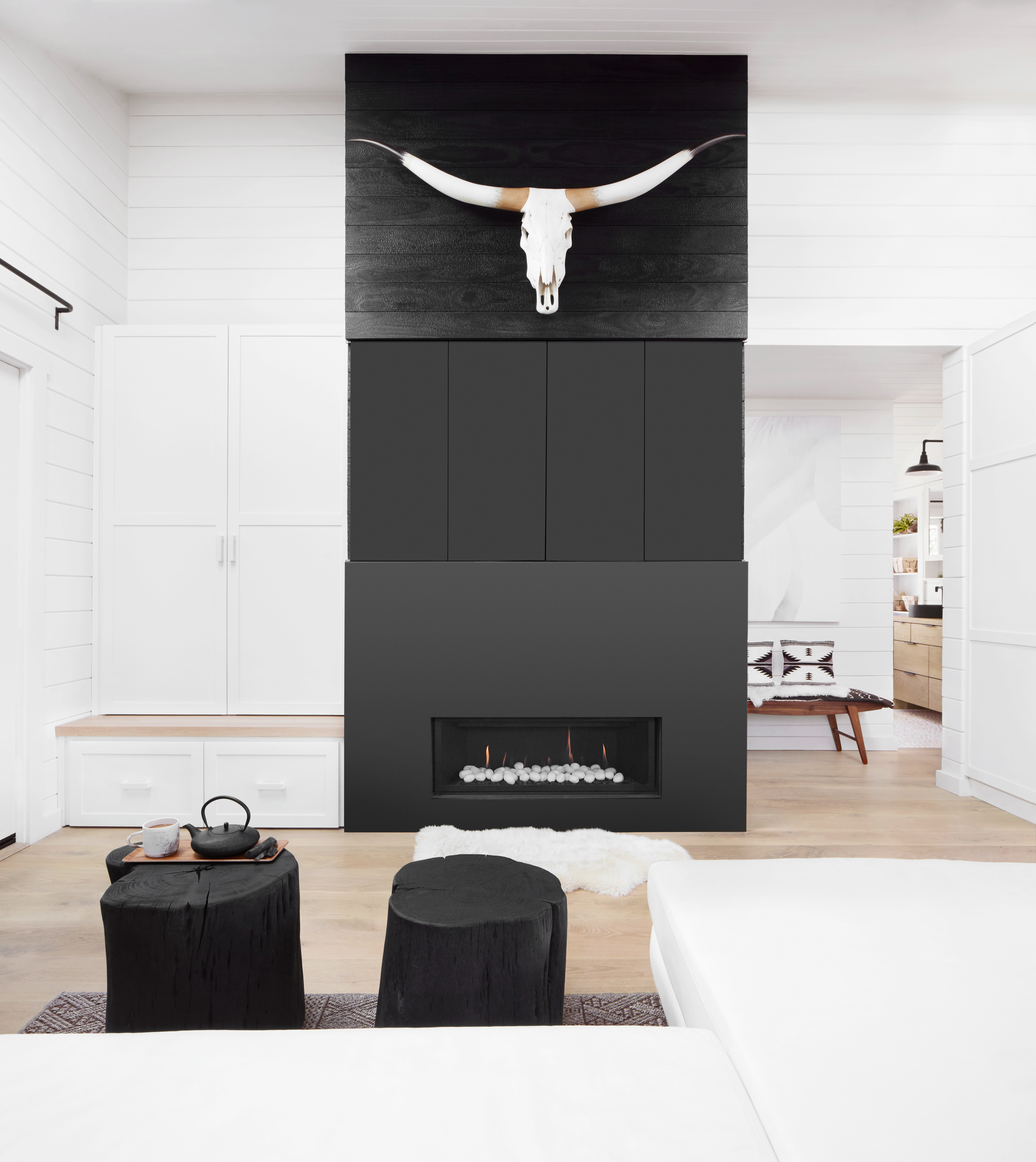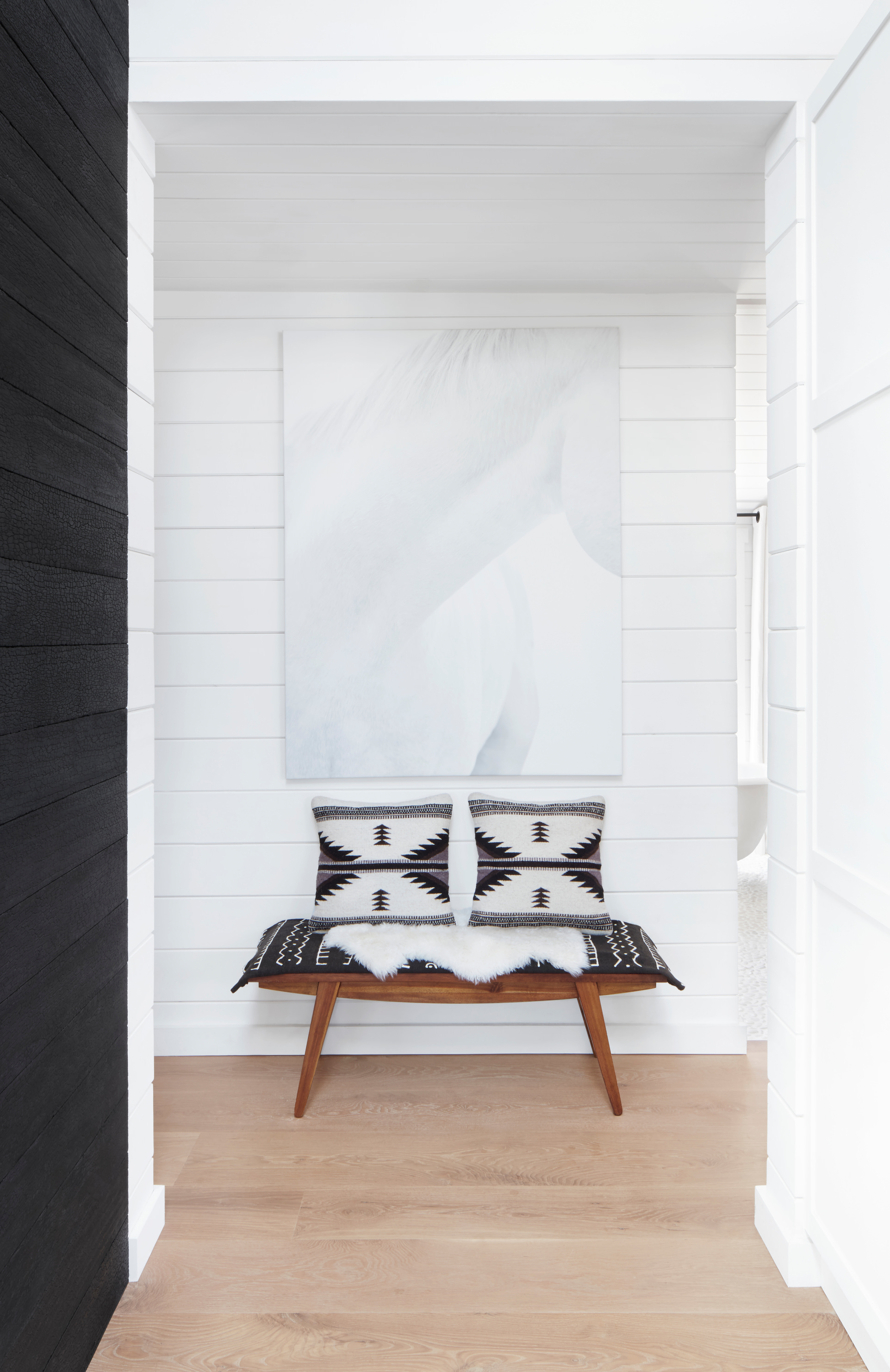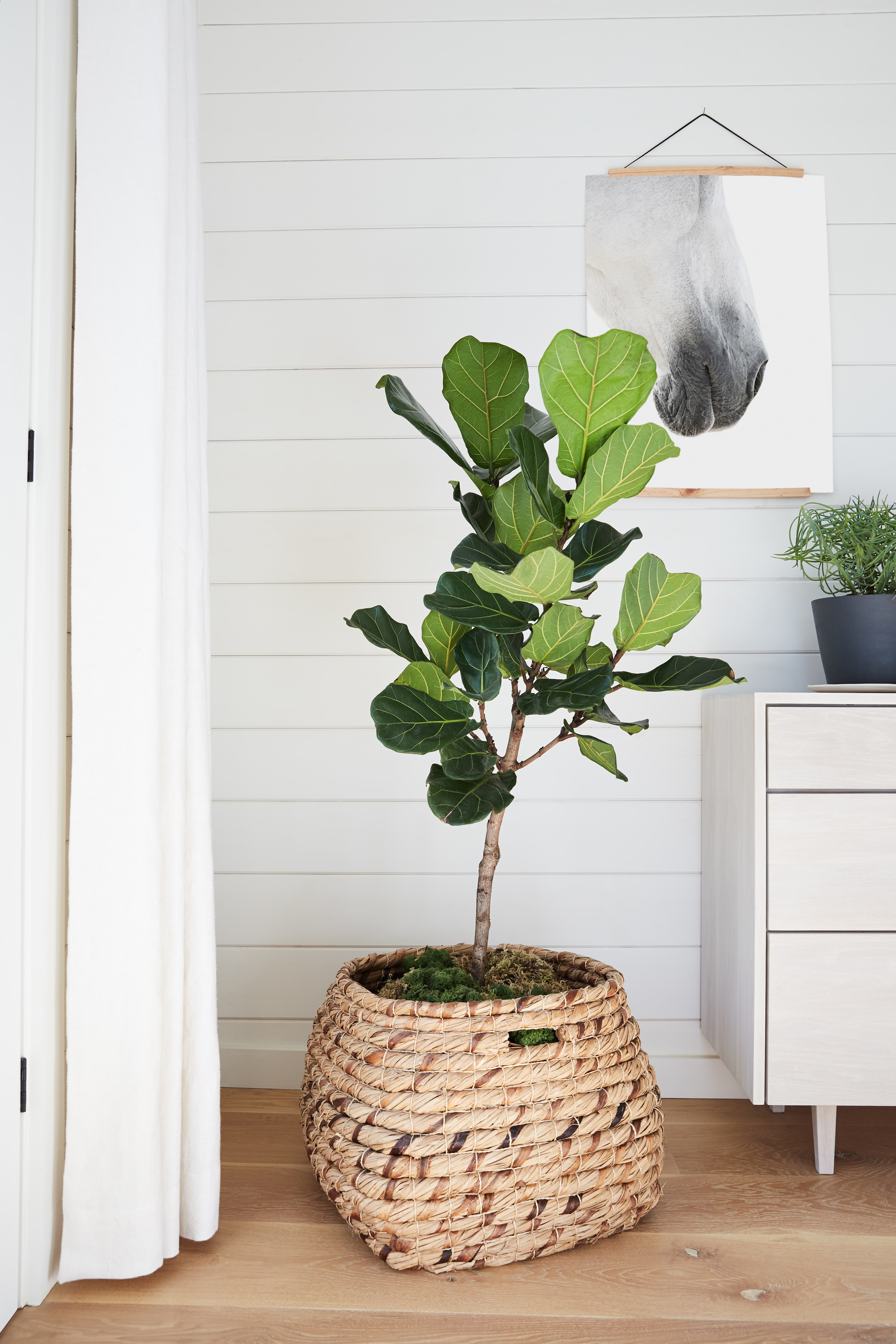Experiential Design
Experiential design focuses on the overall user experience.
Architecture goes beyond just creating visually appealing spaces. It involves understanding how people perceive and interact with their surroundings, and then intentionally crafting those surroundings to evoke certain feelings or facilitate particular experiences. This could include considerations such as lighting, spatial layout, material choices, color schemes, and sensory elements like sound and scent.
In other contexts, experiential design focuses on creating memorable and engaging experiences for users or participants. This might involve storytelling, interactive elements, multisensory stimulation, and other techniques to immerse people in the desired experience. And some spaces can be all of these things rolled into one.
I’m working with a local group of hacker/makers to create a shared functional and meaningful Y combinator space in downtown Santa Cruz, CA. Right now, we’re in the feasibility stage and obtaining funding.
Hackers play an invaluable role in the development of new tech. A hackerspace (or hacklab, hackspace, or makerspace) is a workspace — community-operated, often "not for profit" — where people with common interests like computers, machining, technology, science, digital art, and electronic art, can meet, socialize, and collaborate.
Watch this space.



